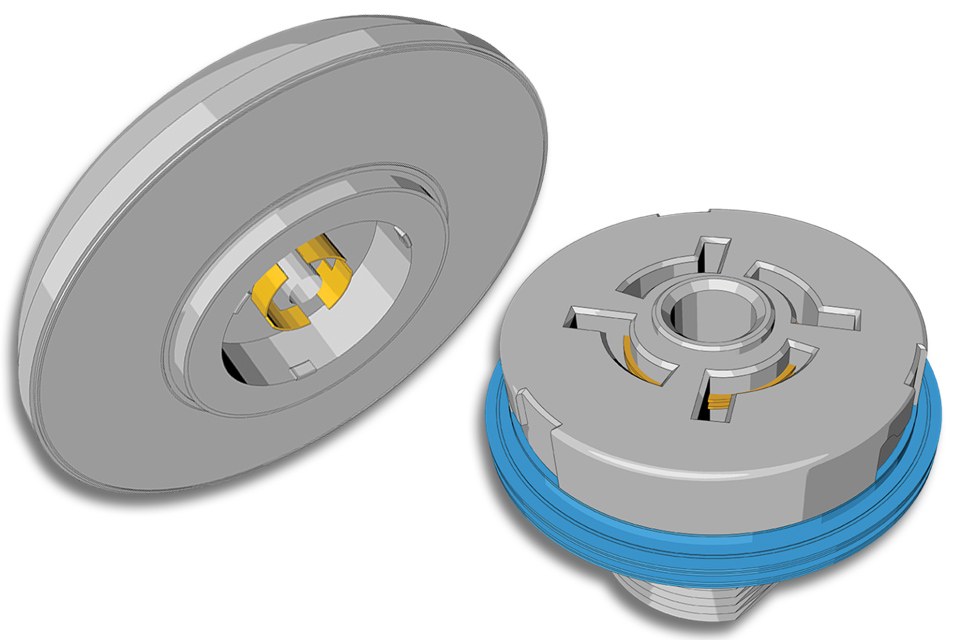Zhaga Publishes Specification Allowing Mechanical IoT Upgradability
The Zhaga Consortium, a global association of lighting companies that is standardizing interfaces of components of LED luminaires, has published Edition 1 of a new specification that helps to bring the Internet of Things (IoT) to outdoor LED lighting fixtures. The specification, known as Zhaga Book 18, makes it easy to upgrade LED fixtures by adding or changing modules that provide sensing and communication capabilities.
The latest Zhaga specification, Book 18 Edition 1, defines the mechanical interface between outdoor LED luminaires and modules for sensing and communication. It enables future-proof luminaires that can be upgraded as communication and sensing technologies evolve. The full version of Book 18 Ed. 1 can be downloaded at docs.google.com/forms/d/e/1FAIpQLSe_X9EbO6ekUfJwnI2QQvJw9o5lVyQFJbX_MXx4d4tujS8sEw/viewform
“The Members of Zhaga who developed this specification and already introduced products at Light+Building this year note high interest from the market” says Dee Denteneer, Secretary General of Zhaga. “as there is interest from several national authorities that intend to include the specification in their tender documents “I am also happy to report that testing and certification for the new specification is now also possible; providing assurance that modules and luminaires fit well.”
Smart LED lighting fixtures with sensing and communication capabilities can significantly improve the efficiency, maintenance and running costs of outdoor lighting networks. In this period of rapid IoT evolution, there are many unanswered questions about the correct choice of sensing technologies and communication protocols that future smart-lighting networks will require. However, outdoor LED lighting fixtures are being installed right now, with an expected lifetime of around 20 years or more, and the cost of retrofitting can be prohibitively expensive.
Book 18 Ed. 1 defines a standardized mechanical interface between a receptacle on the exterior of the LED luminaire and a sensing and communication module that fits into the receptacle. The standardized interface means that the module can be easily replaced in the field, allowing the luminaire to be upgraded via the addition of new smart capabilities. Also, the luminaire can be shipped with a blank cap in the receptacle, allowing a module to be field-installed at a later date if required.
Additionally, to the mechanical interface, Zhaga has started the development of the Ed. 2 of the Book 18, aiming to add requirements for the electrical and control interface – which are not specified in the Ed. 1 yet - and thus enabling true interoperability of modules that provide sensing and communication capabilities to outdoor LED lighting fixtures
So far, the specifications and their updates were made available for a free download after publication. In the future, the specifications will only become available to the Zhaga members. This also includes the newly established and free Community membership. So to be up-to-date with Zhaga standards, you me be interested to preregister to the free Zhaga Community Membership
LED professional Review will report on details of the new Book 18 Ed. 1 specifications and will give some background information in LpR 69, online avilable on September 4th, and released as print copy at LpS/TiL on September 25th.
About Zhaga:
Zhaga is a global association of lighting companies that is standardizing interfaces of components of LED luminaires, including LED light engines, LED modules, LED arrays, holders, electronic control gear (LED drivers) and connectivity fit systems. This helps to streamline the LED lighting supply chain, and to simplify LED luminaire design and manufacturing. Zhaga continues to develop specifications based on the inter-related themes of interoperable components, smart and connected lighting, and serviceable luminaires. For more information, visit www.zhagastandard.org

